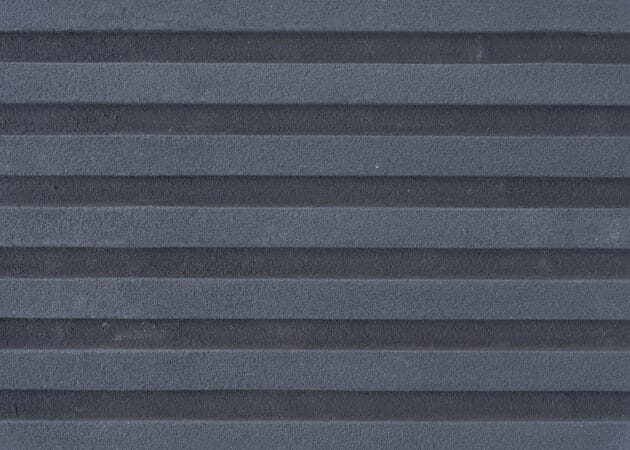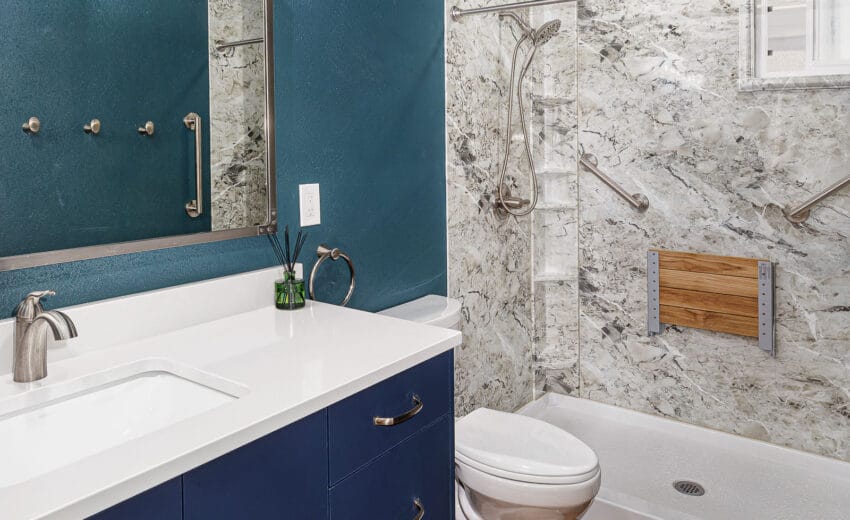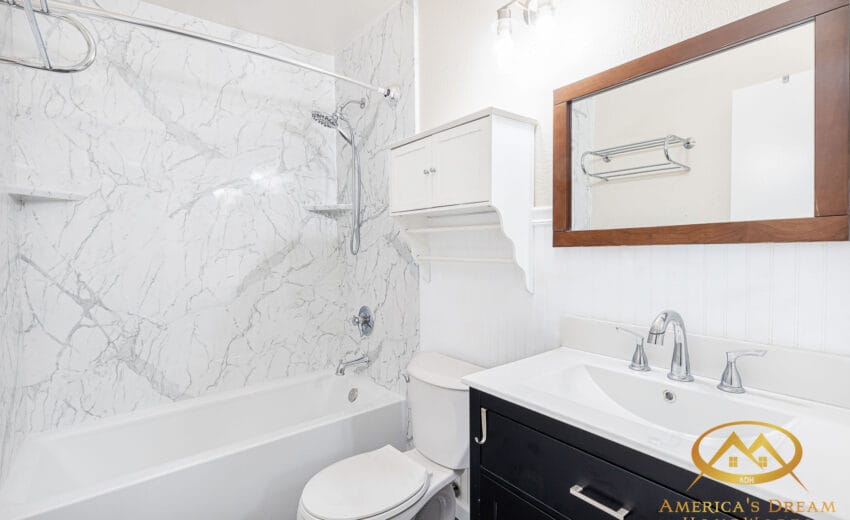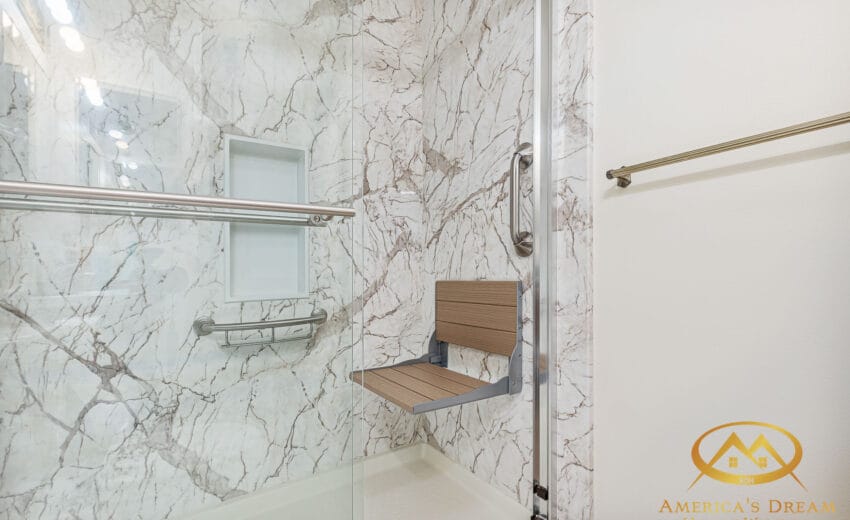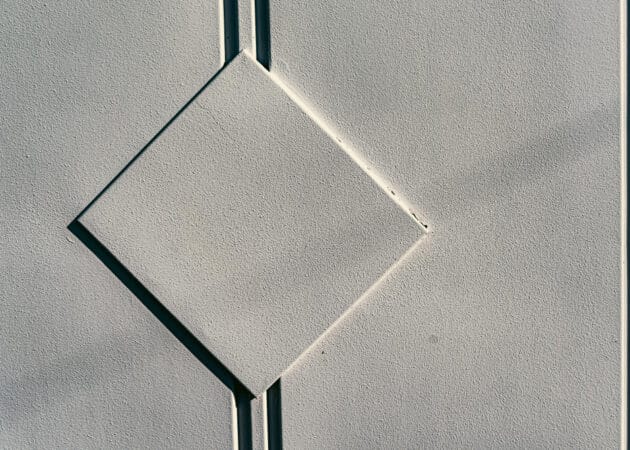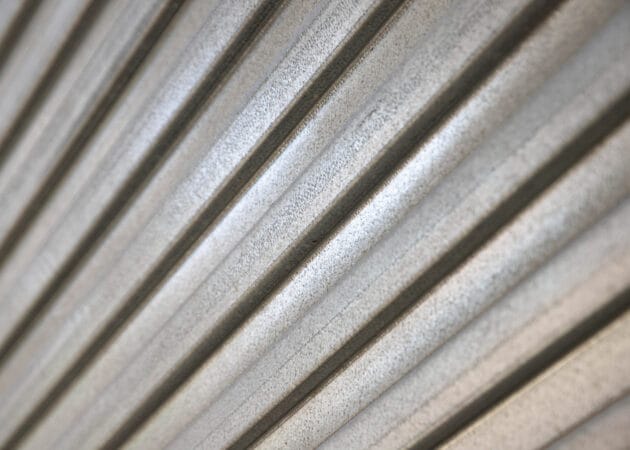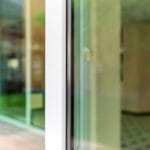If there’s one room in the home that deserves a little extra love, it’s the bathroom. Think about it: it’s where you start your day, end your evening, and sneak away for a little peace and quiet in between. So why settle for a space that feels outdated, dull, or difficult to maintain? That’s where Sentrel bath systems come in — and they might just be the bathroom upgrade you’ve been waiting for.
Why Sentrel?
When homeowners hear “bath remodel,” they often picture months of dust, noise, and a budget that balloons out of control. But Sentrel bath systems flip that script. They’re designed to deliver a stylish transformation without the hassle of a full gut renovation.
The secret is in their material: durable composite panels made to mimic the beauty of natural stone, marble, and tile — without the maintenance headaches. From the moment you see them, you’ll wonder if they’re real stone. From the moment you clean them, you’ll be glad they’re not.
The Problem with Traditional Tile and Stone
Sure, natural stone and tile look incredible. But they come with some not-so-glamorous realities:
Grout maintenance: Constant scrubbing, resealing, and fighting mold.
High cost: Material, labor, and upkeep add up fast.
Installation time: Weeks of demolition and disruption.
That’s a tall order for homeowners who want elegance without endless upkeep.
The Sentrel Solution
Sentrel bath systems were designed with real families in mind — people who love design but don’t love scrubbing grout lines. Here’s why they stand out:
Authentic look: High-definition imaging creates the look of granite, marble, or tile.
Low maintenance: No grout lines means no mold, mildew, or tedious scrubbing.
Fast installation: Panels can often be installed over existing surfaces in days, not weeks.
Durability: Non-porous and engineered to resist stains, cracks, and chips.
Variety: Dozens of finishes and patterns give you the freedom to match your style.
👉 In other words, Sentrel gives you the look of luxury with the ease of modern engineering.
Check Our Recent Projects
Style Meets Practicality
One of the most persuasive points about Sentrel is how effortlessly it blends design with practicality.
Imagine stepping into a shower that looks like it was carved from Carrara marble — only you don’t have to worry about water stains or resealing every few months. Or picture a tub surround in rich travertine tones that instantly elevates your bathroom without the price tag of real stone.
That’s the beauty of Sentrel: timeless, high-end aesthetics without the long-term headaches.
Comparing Sentrel to Other Options
Tile: Gorgeous but high-maintenance. Sentrel wins for low upkeep.
Acrylic systems: Easy to maintain, but often look too plain or “plasticky.” Sentrel feels more upscale.
Natural stone: Luxurious, but expensive and demanding. Sentrel delivers similar beauty for a fraction of the cost.
It’s not about cutting corners — it’s about finding a smarter way to get the same impact.
A Real-World Example
I recently saw a bathroom renovation where the homeowners swapped out their old, beige fiberglass tub surround for a Sentrel system in Calcutta Marble. The transformation was breathtaking — suddenly the room felt like a boutique hotel spa. The best part? The whole installation took just a few days. No dust-filled weeks, no drama. Just a fresh, elegant bathroom ready to enjoy.
Is Sentrel Right for You?
If you’re someone who:
Wants a bathroom that feels stylish and modern,
Doesn’t have the time (or patience) for constant maintenance,
Prefers a remodel that’s quick, clean, and budget-friendly,
…then yes, Sentrel bath systems may be exactly what your home needs.
Final Thoughts
Bathrooms should be both beautiful and practical. With Sentrel bath systems, you don’t have to choose one or the other. They deliver the look of natural stone and tile, the durability of modern engineering, and the ease of a quick, low-maintenance remodel.
At America’s Dream HomeWorks, we’ve helped countless homeowners transform tired bathrooms into stunning retreats with Sentrel. It’s a solution that works for busy families, design enthusiasts, and anyone ready for a bathroom that looks as good as it feels.
✨ Ready to give your bathroom the stylish upgrade it deserves? Let’s make your dream bathroom a reality — without the stress. Check out our current Offers to get started!


